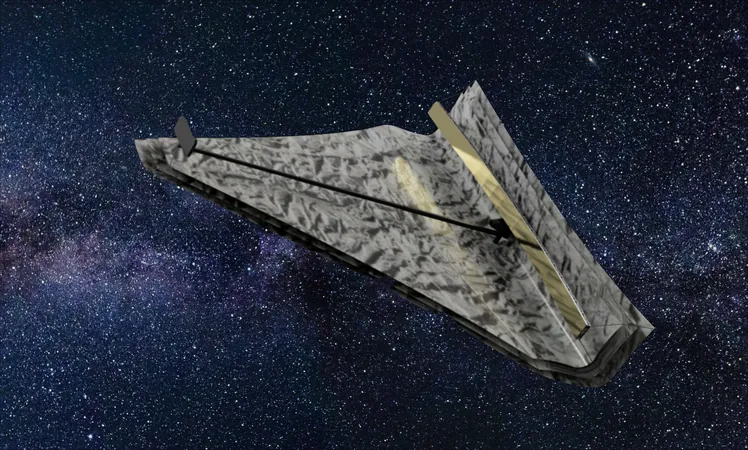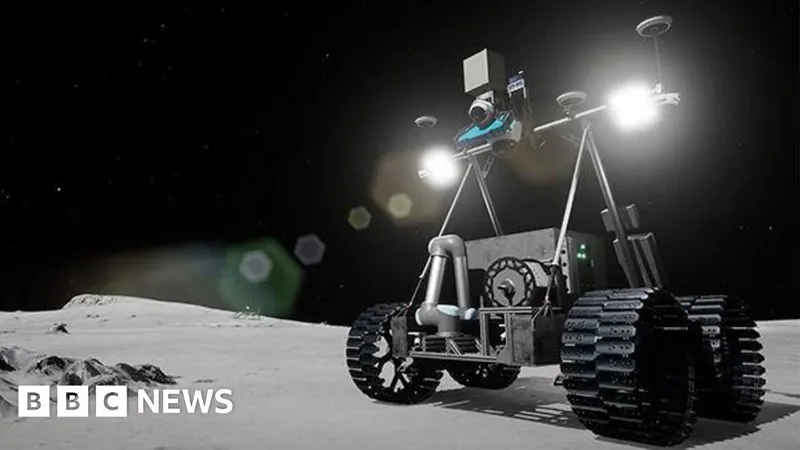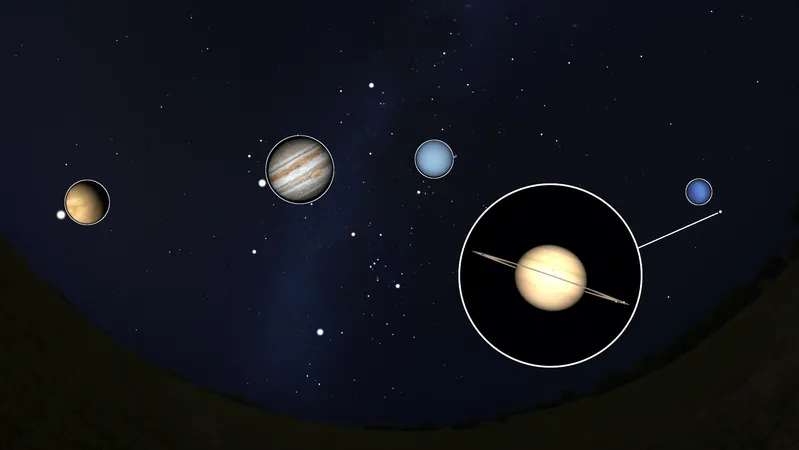
Revolutionary Telescope Shape: Is Earth 2.0 Closer Than We Think?
2025-09-01
Author: Benjamin
Searching for Life Beyond Earth
Earth stands as the only cradle of life known to humanity, thriving on the essential ingredient: liquid water. From the dawn of single-celled organisms to the advent of complex multicellular life, this planet's history spans billions of years. Yet, human existence is a mere blip on this cosmic timeline.
This raises tantalizing questions: If liquid water is vital, could it mean myriad planets harbor life? But discovering intelligent beings capable of exploring the universe remains a massive challenge. With the vastness of space and light-speed limitations, the challenge of finding extraterrestrial life has never been more apparent.
The Quest for Sun-Like Stars
Focusing on our closest stellar neighbors—about 60 sun-like stars within 30 light-years—is vital. These stars are essential as they may host planets with conditions similar to Earth, where solid ground and liquid water can exist.
The Challenge of Observation
Identifying Earth-like exoplanets orbiting these bright stars has proven to be an astronomical challenge. Typically, the stars can outshine these planets by a staggering factor of a million, making isolation nearly impossible.
Optical theory suggests that a telescope's resolution is tied to its size and the wavelength of light observed. Earth-like planets emit their brightest light in the infrared spectrum (approximately 10 microns), necessitating substantial telescopic capabilities.
Innovative Telescope Solutions
For sufficient resolution, current technology suggests a telescope diameter of at least 20 meters is needed—far more than the existing James Webb Space Telescope's 6.5 meters. While ideas to create a massive telescope or use smaller ones in tandem exist, both approaches face monumental technological barriers.
One promising concept involves a 'starshade,' a large spacecraft positioned in front of a telescope to block out starlight. However, this requires two spacecraft and poses significant logistical challenges.
A Game-Changing Rectangle
Astrophysicists have recently proposed a groundbreaking alternative in a study published in "Frontiers in Astronomy and Space Sciences." They suggest using a rectangular telescope mirror—one meter by 20 meters—operating at the same infrared wavelength as JWST to separate planets from their parent stars.
Unlike the circular mirrors, this innovative shape would allow astronomers to adjust the orientation of the telescope, potentially uncovering half of the Earth-like planets around sun-like stars within a mere three years.
A Path to Discovering Earth 2.0
Projecting the possibilities, if each sun-like star hosts an Earth-like planet, we could pinpoint around 30 prime candidates for life. Close follow-ups could identify atmospheres rich in oxygen, a telltale sign of life.
This revolutionary rectangular telescope could very well pave the way to finally locating our long-sought 'sister planet,' Earth 2.0. The future of extraterrestrial discovery may be more attainable than we ever imagined!









 Brasil (PT)
Brasil (PT)
 Canada (EN)
Canada (EN)
 Chile (ES)
Chile (ES)
 Česko (CS)
Česko (CS)
 대한민국 (KO)
대한민국 (KO)
 España (ES)
España (ES)
 France (FR)
France (FR)
 Hong Kong (EN)
Hong Kong (EN)
 Italia (IT)
Italia (IT)
 日本 (JA)
日本 (JA)
 Magyarország (HU)
Magyarország (HU)
 Norge (NO)
Norge (NO)
 Polska (PL)
Polska (PL)
 Schweiz (DE)
Schweiz (DE)
 Singapore (EN)
Singapore (EN)
 Sverige (SV)
Sverige (SV)
 Suomi (FI)
Suomi (FI)
 Türkiye (TR)
Türkiye (TR)
 الإمارات العربية المتحدة (AR)
الإمارات العربية المتحدة (AR)